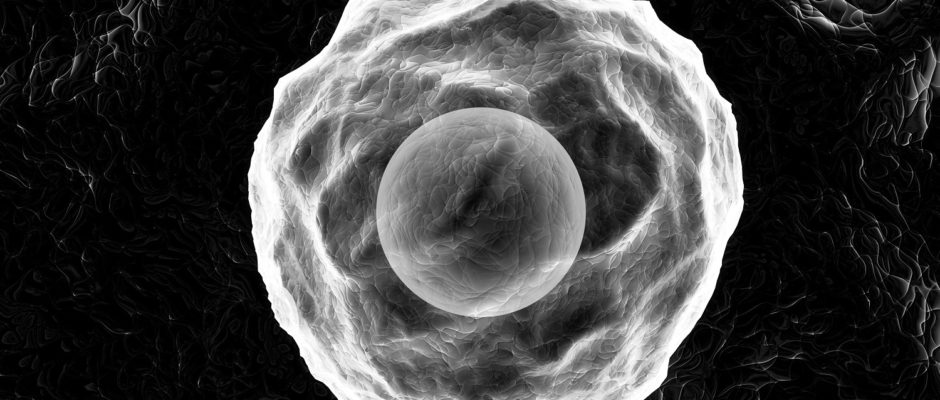
Fragment screening is a powerful tool for ligand discovery that is often complementary to traditional high-throughput screening. In a summary fragment screening is a process of throwing various compounds at an enzyme and recording the compounds that stick to the enzyme (recording the hits).
Since the compounds being thrown at the enzyme are very small a sensitive method is needed to detect the hits. One of the most common fragment screening methods employs NMR (Nuclear Magnetic Resonance). This method is very effective but the downfall is that it can be slow. One way to go around it is with the process of pooling (poolsize 4-24). The bigger the poolsize the faster the NMR will run, however the bigger the poolsize the more time one has to spend deconvoluting the sample made from all the compounds based on the poolsize.
The whole process of fragment screening can approximately take up to 10 days or more. Process includes pooling of the data, making a sample tracking sheet, making run files for the Mitsubishi Electric RV-2SDB Robot, analyzing the data, identifying compounds for hit pools, deconvoluting the ones that have a hit, tracking individual samples and making new run files based on the individual samples.
The reason it takes so long is because there is a lot of manual labor involved. GLUE is an integration and automation of fragment screening. One push of a button can save hours and even days of work. It allows one to add pooled destinations to a master SDF file, add filenames to pre-pooled SDF file, create an output file that can be used as instrument input for peak detection, create run files for the automated sample handling, track the analysis of screening data and update the master SDF file, create an output file for follow-up of individual hits that can be used as instrument input for peak detection, and finally create run files for follow-up with automated sample handling.

